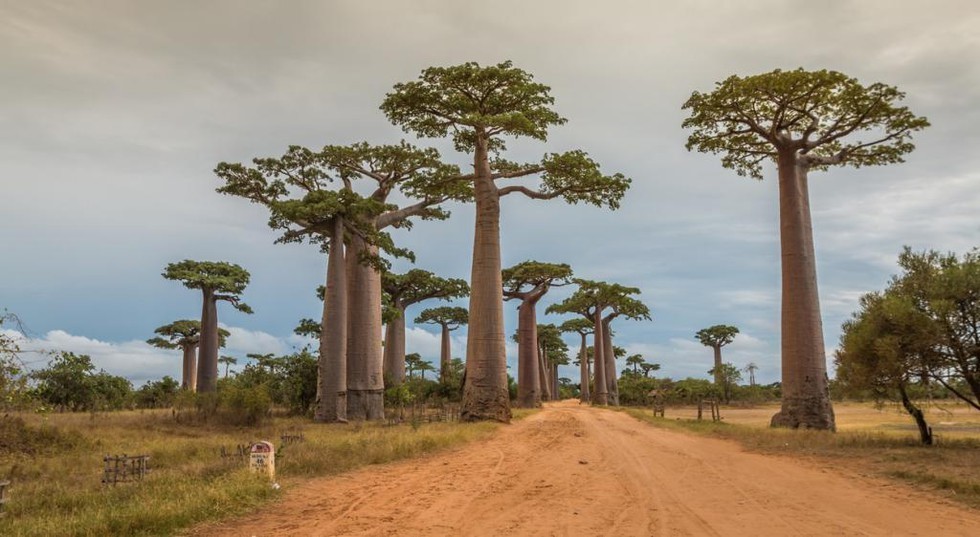
Baobab Tree

12.04.2024
Baobab Tree
|
For Prelims:About Baobab Tree (Distribution,Features,Ecological significance) |
Why in the news?
The Global Society for the Preservation of Baobabs and Mangroves (GSPBM) has initiated a mission to rejuvenate the iconic baobab trees in Madagascar.
About Baobab Tree:
- It is a long-lived deciduous, small to large tree with broad trunks and compact tops which is also known as the upside-down tree.
Distribution of Baobab Tree:
○There are 9 species of baobab tree. Two are native to mainland Africa, six to Madagascar and one to Australia.
○Mandu, in the Dhar district of Madhya Pradesh, is perhaps the only place in India where baobab trees are found in abundance.
Features of Baobab Tree :
○It can live to become thousands of years old.
○They only have very faint growth rings. Mature trees have massive trunks that are bottle-shaped or cylindrical and tapered from bottom to top.
○The fruit of the tree is round or oval-shaped and is highly nutritious.
It is also known as ‘Tree of Life’
Ecological significance:
○Baobabs are keystone species in Madagascar's unique landscapes.
○Their massive trunks and extensive root systems are vital for storing water in arid environments, providing a critical resource for both the trees and the surrounding ecosystem during drought periods.
○This ability to store water enables baobabs to support a wide array of life, from microorganisms to larger animals, fostering biodiversity in their habitats.
Source: Down to earth